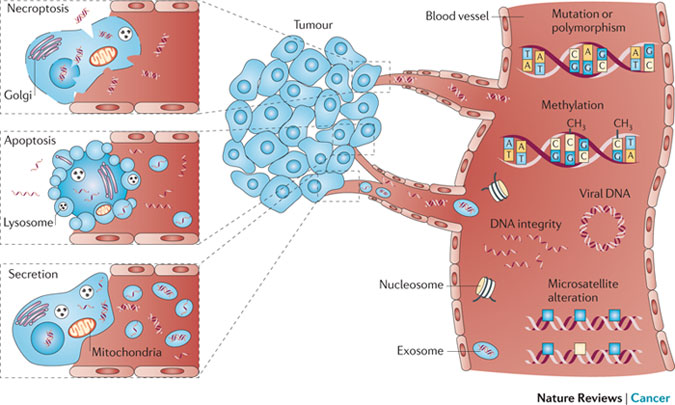Warning: Cannot modify header information - headers already sent by (output started at /home/deltabio/domains/deltabio.hu/public_html/include/szerum-diagnosztika.php:7) in /home/deltabio/domains/deltabio.hu/public_html/include/fejlesztesek.php on line 3
Warning: Cannot modify header information - headers already sent by (output started at /home/deltabio/domains/deltabio.hu/public_html/include/szerum-diagnosztika.php:7) in /home/deltabio/domains/deltabio.hu/public_html/include/fejlesztesek.php on line 4
Warning: Cannot modify header information - headers already sent by (output started at /home/deltabio/domains/deltabio.hu/public_html/include/szerum-diagnosztika.php:7) in /home/deltabio/domains/deltabio.hu/public_html/include/szerum-diagnosztika.php on line 3
Warning: Cannot modify header information - headers already sent by (output started at /home/deltabio/domains/deltabio.hu/public_html/include/szerum-diagnosztika.php:7) in /home/deltabio/domains/deltabio.hu/public_html/include/szerum-diagnosztika.php on line 4
Szérumdiagnosztika azaz folyékony biopszia
Serum diagnostics, that is, liquid biopsy

A szérumdiagnosztika, vagy másnéven folyékony biopszia elnevezés olyan, legtöbbször molekuláris diagnosztikai eljárások gyűjtő neve, ahol a szervezet különböző állapotainak meghatározása a vér sejtmentes részéből (szérum, plazma) izolált DNS, vagy RNS szekvenálásán és kvantifikálásán alapul. Ez a fajta eljárás jelenleg a daganatos megbetegedések szabatos meghatározásának és jellemzésének legjobban fejlődő területe. Diagnosztikai szempontból a rákos sejteknek van egy előnyös tulajdonsága. Az átlagosnál sokkal magasabb sejtpusztulási ráta jellemzi őket, a széteső tumorsejtek pedig a véráramba jutnak. Ez megteremti a lehetőségét, hogy a rákos elváltozásról már korai stádiumban genetikai információt nyerjünk egy egyszerű vérvétel útján. A folyékony biopszia elnevezés is arra utal, hogy a keringő vérből vett minta helyettesítheti a műtéti úton, a daganatból vett szöveti biopsziát.
Serum diagnostics or liquid biopsy is the collective name for, mainly, molecular diagnostic procedures with which different conditions of a person can be determined based on the sequencing of DNA or RNA isolated from cell-free components of the blood (serum, plasma). Currently, this type of procedure represents the most progressive field in the precise diagnostics and characterisation of tumorous diseases. From a diagnostic point of view, tumorous cells display an advantageous characteristics: a much higher rate of cell death, with the decomposing cells entering the blood stream. This creates the possibility of gaining genetic information about the cancerous alteration already at an early stage with a simple blood draw. The term liquid biopsy indicates that the sample taken from blood may substitute tissue biopsy taken from the tumour by surgery.

A tumorszövetből közvetlenül történő mintavétel rendkívül megterhelő mind a betegre, mind az orvosi ellátórendszerre nézve. A magas anyagi és időbeni ráfordítás mellett komoly kockázattal is járhat, sőt, bizonyos betegek állapota egyáltalán nem teszi lehetővé a beavatkozást. Ráadásul a hagyományos biopszia során csak a
A folyékony biopszia segítségével ezzel szemben a betegség egészét képesek vagyunk genetikailag jellemezni, és mivel egyáltalán nem jelent megterhelést a mintavétel, a betegség és a kezelés hatékonyságának gyakori monitorozása is megoldható időközönkénti vérvétel segítségével.
Taking samples directly from tumorous tissues is extremely burdensome for both the patient and the healthcare system. Besides the high financial and time input required, it may pose a high risk, and the condition of certain patients may not allow the intervention. Furthermore, with traditional biopsy we only catch a glimpse of a limited part of the tumour. Tumorous tissues evolve through space and time and may carry different genetic alterations in their different parts or at different time points, which may convey important information concerning further progression of the tumour.
In contrast, with liquid biopsy we are able to give a genetic characterisation of the whole of the disease, and since sample taking does not burden the patient disease progression and the efficiency of the treatment can also be monitored frequently with regular blood draws.
Nem meglepő, hogy a nem-kissejtes tüdőtumor esetén, ahol a mintavétel gyakran rendkívül nehézkes, került elsőként piacra diagnosztikai termék a vérplazmából történő kimutatásra 2015-ben. Ezt az is elősegítette, hogy a betegségben leggyakrabban mutációt hordozó EGFR génben gyakran jelentkezhet a célzott terápiára rezisztenciát okozó mutáció. Ezt a betegség rosszabbodásakor ajánlott ellenőrizni, azonban ilyenkor tipikusan már a beteg állapota nem teszi lehetóvé a tumorból történő közvetlen mintavételt. Jelenleg is rengeteg olyan mutáció van, amelynek a monitorozása fontos lehet a beteg kezelése szempontjából, azonban hiányzik a megfelelő diagnosztikai háttér.
It is not surprising that the first diagnostic product, marketed in 2015, was developed for the detection of non-small cell lung cancer - for which sample taking is often very difficult - from blood plasma. This was also enhanced by the fact that the most frequently mutated gene in this disease, EGFR, may often pick up a mutation that causes resistance to the targeted therapy. It is advisable to screen for such a mutation if the disease progresses, but by then the condition of the patient generally does not allow direct sampling from the tumour. Currently, there are several mutations that would be important to monitor for the treatment of the patient, but the appropriate diagnostic background is not available yet.
A jövőben ez az eljárás jelentős fejlesztési lehetőségeket rejt magában. A tumorterápiában lehetőség nyílik a daganatok rendszeres monitorozására, a kezelések hatásosságának nyomon követésére. A mintavétel egyszerűsége magában rejti a rendszeres és költséghatékony szűrővizsgálatok lehetőségét is, amivel a rák már egész korán detektálhatóvá válik. Hasonlóan nagy jelentőségű lehet, hogy a technika alkalmazásával az áttétképzés és a daganat kiújulása is monitorozható.
This procedure holds significant potential for development in the future. During tumour therapy, regular monitoring of the tumour and of the efficiency of treatment will become possible. The simplicity of sampling allows for regular and cost-effective screening tests with which very early detection of cancer can be achieved.
Warning: include(prenatalis-diagnosztika.php): Failed to open stream: No such file or directory in /home/deltabio/domains/deltabio.hu/public_html/include/fejlesztesek.php on line 17
Warning: include(prenatalis-diagnosztika.php): Failed to open stream: No such file or directory in /home/deltabio/domains/deltabio.hu/public_html/include/fejlesztesek.php on line 17
Warning: include(): Failed opening 'prenatalis-diagnosztika.php' for inclusion (include_path='.:/usr/local/php82/lib/php') in /home/deltabio/domains/deltabio.hu/public_html/include/fejlesztesek.php on line 17


